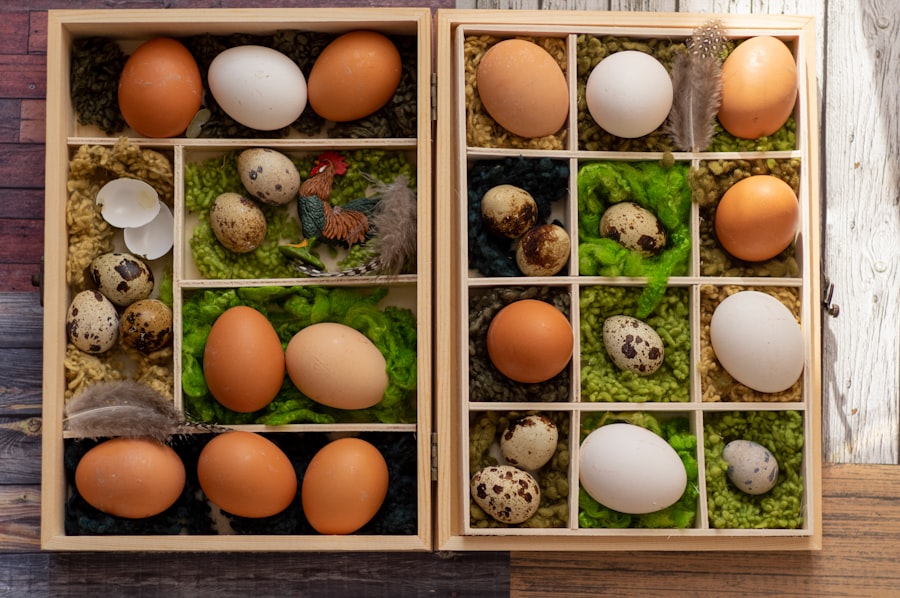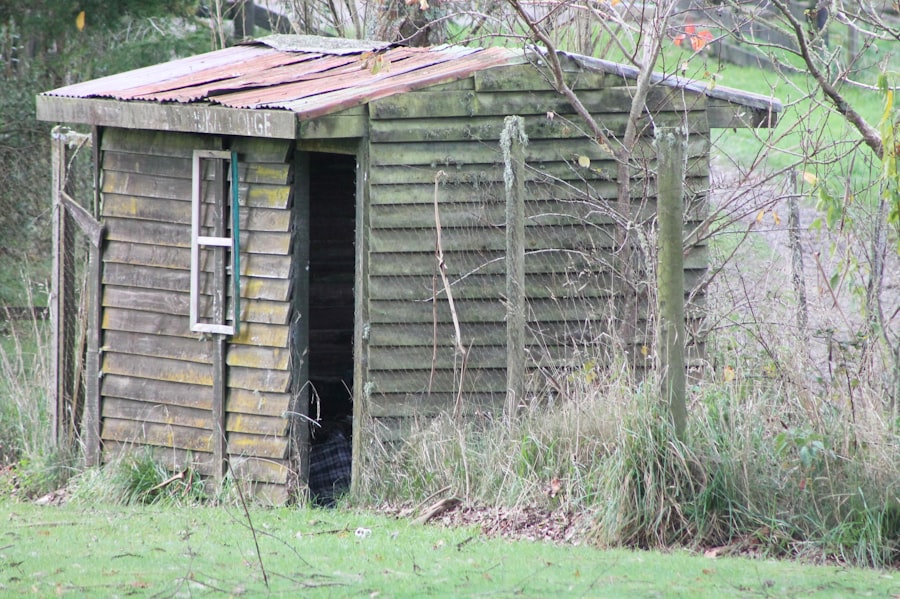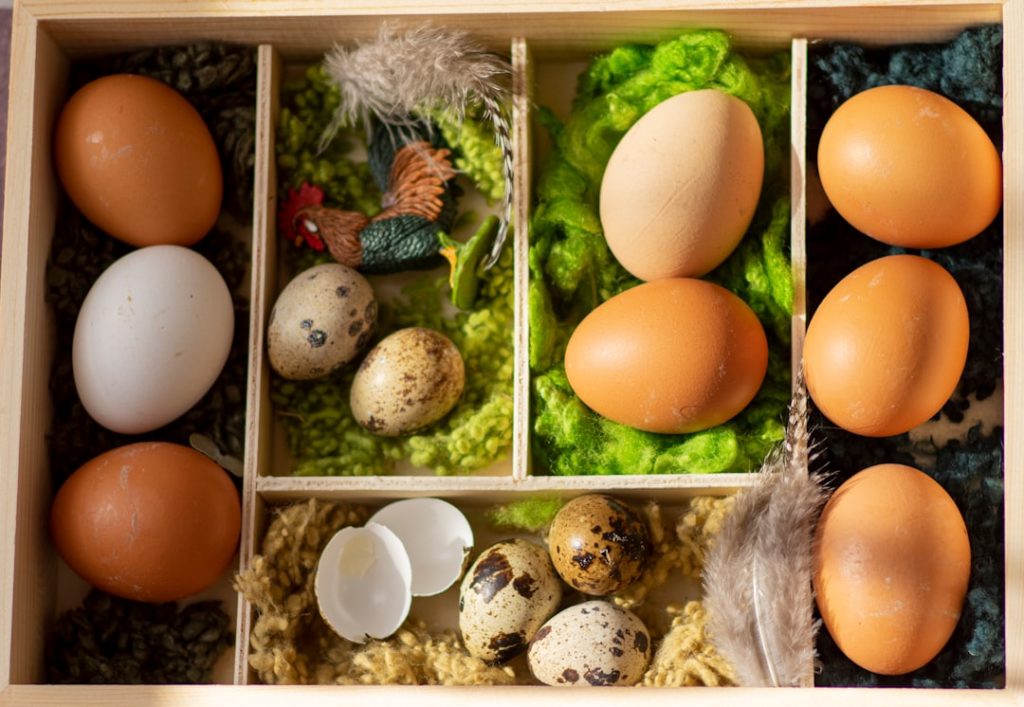Hawks are diurnal birds of prey renowned for their exceptional vision and hunting prowess. These skilled predators primarily target small mammals and birds for sustenance. Hawks exhibit opportunistic hunting behavior, readily seizing any available prey.
They are territorial creatures that actively defend their hunting grounds from other predators. Hawks utilize their sharp talons and beaks to capture and dispatch their quarry. Hawks employ aerial hunting techniques, leveraging their acute eyesight to identify potential prey from considerable heights.
They execute rapid descents to seize their targets. Additionally, hawks often perch on elevated structures such as trees or utility poles to gain advantageous hunting positions. Their stealthy approach and swift, silent attacks make it challenging for chickens to evade capture once targeted.
Understanding hawk behavior and hunting strategies is essential for implementing effective measures to protect chickens from these avian predators. By recognizing hawks’ hunting patterns and preferences, chicken owners can develop appropriate safeguards to minimize the risk of attacks on their flocks.
Table of Contents
- 1 Securing the Chicken Coop
- 2 Using Visual Deterrents
- 3 Implementing Noise Deterrents
- 4 Creating a Safe Free-Range Environment
- 5 Employing Predator Decoys
- 6 Seeking Professional Help
- 7 FAQs
- 7.1 What are some effective methods for keeping hawks from attacking chickens?
- 7.2 What are some natural deterrents for hawks?
- 7.3 Are there any legal methods for deterring hawks from attacking chickens?
- 7.4 What should I do if a hawk is actively attacking my chickens?
- 7.5 Are there any specific breeds of chickens that are more resistant to hawk attacks?
Key Takeaways
- Hawks are opportunistic hunters and are attracted to easy prey, such as chickens, making it important to understand their behavior in order to protect your flock.
- Securing the chicken coop with sturdy fencing and a secure roof is essential to prevent hawks from accessing your chickens.
- Visual deterrents, such as reflective objects and scarecrows, can help to deter hawks from targeting your chickens by making the area less appealing to them.
- Implementing noise deterrents, such as wind chimes or predator calls, can help to scare off hawks and protect your chickens.
- Creating a safe free-range environment for your chickens by providing cover and hiding spots can help to reduce their vulnerability to hawk attacks.
- Employing predator decoys, such as fake owls or hawks, can help to deter real hawks from targeting your chickens by creating the illusion of a threat.
- If hawk predation continues to be a problem, seeking professional help from a wildlife expert or bird control specialist may be necessary to effectively protect your chickens.
Securing the Chicken Coop
Using Hardware Cloth or Welded Wire Fencing
One of the most effective ways to secure the coop is by using hardware cloth or welded wire fencing with small openings to prevent hawks from gaining access to the chickens. It is important to ensure that the fencing is securely fastened to the ground to prevent hawks from digging underneath it.
Covering the Top of the Coop
Additionally, covering the top of the coop with netting or wire mesh can help prevent hawks from swooping down and grabbing chickens from above.
Providing Adequate Shelter and Regular Maintenance
Another important aspect of securing the chicken coop is providing adequate shelter for the chickens. This can include building a sturdy and predator-proof coop with a secure door that can be closed at night to keep the chickens safe from predators. It is also important to regularly inspect the coop for any signs of wear or damage and make any necessary repairs to ensure that it remains secure. By taking these measures, you can help protect your chickens from hawk attacks and other predators.
Using Visual Deterrents

Visual deterrents can be an effective way to deter hawks from targeting your chickens. One common visual deterrent is hanging shiny objects, such as aluminum foil strips or old CDs, around the chicken coop. The reflective surfaces of these objects can create a disorienting effect for hawks, making it difficult for them to accurately target their prey.
Another visual deterrent is using scarecrows or predator decoys, such as fake owls or hawks, to create the illusion of a larger predator presence in the area, which can deter hawks from approaching the coop. Another visual deterrent that can be effective in deterring hawks is using motion-activated devices, such as flashing lights or moving objects, around the chicken coop. These devices can startle hawks and make them think twice about approaching the coop.
By using visual deterrents, you can help create a hostile environment for hawks and reduce the likelihood of them targeting your chickens.
Implementing Noise Deterrents
Noise deterrents can also be effective in deterring hawks from targeting your chickens. One common noise deterrent is using loud noises, such as clapping or banging pots and pans, to startle hawks and make them think twice about approaching the coop. Another noise deterrent is using motion-activated sound devices that emit loud noises when they detect movement near the coop.
These devices can help create a hostile environment for hawks and deter them from targeting your chickens. Another noise deterrent that can be effective in deterring hawks is using predator calls or distress calls of other birds to create the illusion of danger in the area. This can make hawks think twice about approaching the coop and reduce the likelihood of them targeting your chickens.
By implementing noise deterrents, you can help create a hostile environment for hawks and protect your chickens from potential attacks.
Creating a Safe Free-Range Environment
Creating a safe free-range environment for your chickens is essential in protecting them from hawk attacks. One way to create a safe free-range environment is by providing adequate cover and hiding spots for the chickens to seek refuge in case of a hawk attack. This can include planting dense shrubs or bushes around the free-range area to provide cover for the chickens.
Additionally, providing overhead cover, such as shade cloth or netting, can help protect the chickens from aerial attacks by hawks. Another important aspect of creating a safe free-range environment is providing roosting spots for the chickens to perch on at night. This can include building elevated roosting poles or platforms that are difficult for hawks to access.
By creating a safe free-range environment, you can help reduce the likelihood of hawk attacks and provide your chickens with a secure space to roam freely.
Employing Predator Decoys

Static Decoys: Creating an Illusion
One common predator decoy is using fake owls or hawks placed strategically around the chicken coop to create the illusion of a larger predator presence in the area. This can make hawks think twice about approaching the coop and reduce the likelihood of them targeting your chickens.
Motion-Activated Decoys: Adding an Element of Surprise
Another predator decoy that can be effective in deterring hawks is using motion-activated decoys that move or make noise when they detect movement near the coop.
Live Animals: A Natural Deterrent
Another effective predator decoy is using live animals, such as dogs or geese, to patrol the area around the chicken coop and deter hawks from approaching. The presence of these larger animals can create a hostile environment for hawks and reduce the likelihood of them targeting your chickens.
By employing predator decoys, you can help create a hostile environment for hawks and protect your chickens from potential attacks.
Seeking Professional Help
If you are struggling to protect your chickens from hawk attacks, it may be beneficial to seek professional help. There are professionals who specialize in wildlife management and predator control who can provide expert advice and assistance in protecting your chickens from hawks and other predators. These professionals can assess your property and provide recommendations for securing the chicken coop, implementing deterrents, and creating a safe free-range environment for your chickens.
Additionally, professionals can provide guidance on obtaining permits for non-lethal control methods, such as trapping and relocating problem hawks, if necessary. They can also provide education on local laws and regulations regarding wildlife management and predator control. By seeking professional help, you can gain valuable insight and support in protecting your chickens from hawk attacks and ensuring their safety.
In conclusion, understanding hawk behavior and implementing effective deterrents are crucial in protecting your chickens from hawk attacks. By securing the chicken coop, using visual and noise deterrents, creating a safe free-range environment, employing predator decoys, and seeking professional help, you can help reduce the likelihood of hawk attacks and provide your chickens with a secure environment to thrive in. With careful planning and proactive measures, you can successfully protect your chickens from hawk predators and ensure their safety on your property.
If you’re looking for ways to protect your chickens from hawks, you may also be interested in learning about the benefits of an A-frame chicken coop. This type of coop can provide a safe and secure environment for your chickens, helping to keep them out of harm’s way. Check out this article on the benefits of an A-frame chicken coop to learn more about how it can help protect your flock.
FAQs
What are some effective methods for keeping hawks from attacking chickens?
Some effective methods for keeping hawks from attacking chickens include using physical barriers such as netting or fencing, providing overhead cover for the chickens, using scare tactics such as noise makers or decoy predators, and supervising free-ranging chickens.
What are some natural deterrents for hawks?
Some natural deterrents for hawks include roosters, as they can help alert the flock to potential threats, and providing hiding spots and cover for the chickens to seek refuge from aerial predators.
Are there any legal methods for deterring hawks from attacking chickens?
Yes, there are legal methods for deterring hawks from attacking chickens. These methods include using scare tactics, providing physical barriers, and using noise makers to deter hawks without harming them.
What should I do if a hawk is actively attacking my chickens?
If a hawk is actively attacking your chickens, it is important to intervene to protect your flock. You can do this by making loud noises, using a water hose to spray the hawk, or physically intervening to scare the hawk away. It is important to ensure the safety of both your chickens and the hawk.
Are there any specific breeds of chickens that are more resistant to hawk attacks?
Some breeds of chickens, such as larger and more aggressive breeds like Rhode Island Reds or Plymouth Rocks, may be more resistant to hawk attacks due to their size and temperament. However, no breed is completely immune to hawk attacks, and it is important to take preventative measures to protect all chickens.
Meet Walter, the feathered-friend fanatic of Florida! Nestled in the sunshine state, Walter struts through life with his feathered companions, clucking his way to happiness. With a coop that’s fancier than a five-star hotel, he’s the Don Juan of the chicken world. When he’s not teaching his hens to do the cha-cha, you’ll find him in a heated debate with his prized rooster, Sir Clucks-a-Lot. Walter’s poultry passion is no yolk; he’s the sunny-side-up guy you never knew you needed in your flock of friends!







